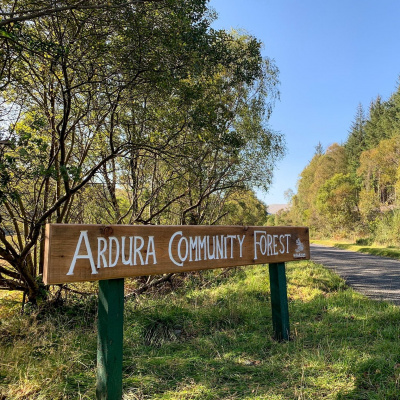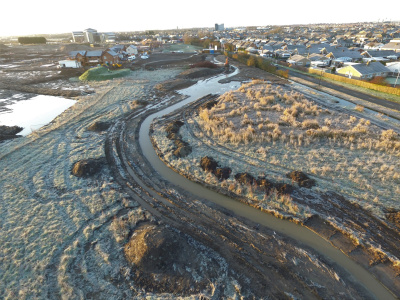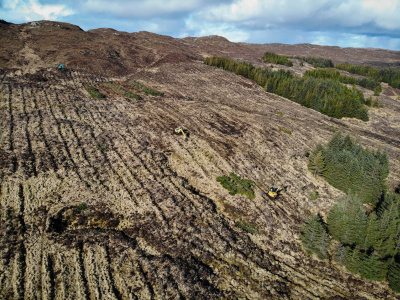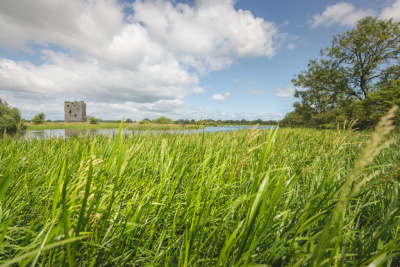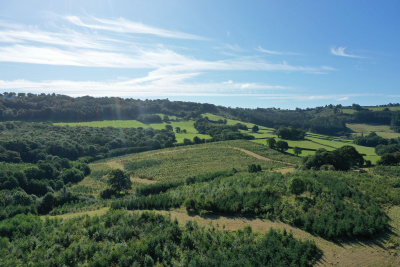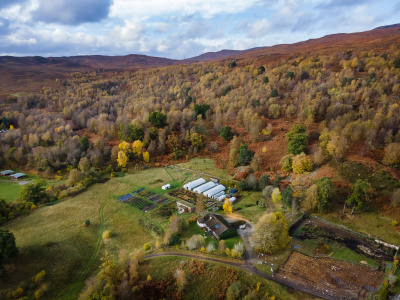Community Benefit
Communities must benefit from the way land is owned and managed, at the same time as land delivers for nature and climate. We have published guidance for a responsible approach to delivering community benefits from land with supporting FAQ document. This guidance was prompted by the rapidly developing context of natural capital, but is also relevant much more widely. A route map supports implementation of the guidance.
The guidance clarifies the expectations for what community benefits are and how they can be delivered. It sets out six key points about community benefits and provides some examples of current practice. We have used the Land Rights and Responsibility Statement and Community Wealth Building principles to explain some ways in which social and economic community benefits can be delivered from land. An FAQ document provides useful additional information, including how the guidance was developed and how it can be implemented.
The guidance is aimed at landowners and land managers in all sectors, investors brokers and project developers involved in land, communities and their representatives, professional advisers and grant and policy advisers. It should be used alongside the following protocols: Transparency of Ownership and Land Use Decision-Making, Community Engagement in Decisions Relating to Land, Responsible Natural Capital and Carbon Management and Good Stewardship of Land.
Case Studies
Delivering community benefit from natural capital development and investment is at an early stage in Scotland. Although interest from the private sector has grown in recent years, many projects have not yet reached the point of delivering community benefit, and a variety of different approaches are being taken. At such an early stage in the development of community benefit as a field, we have selected six case studies that are illustrative of current practice on the ground. The results can be used to shape what will be considered good practice as the concept continues to develop.

